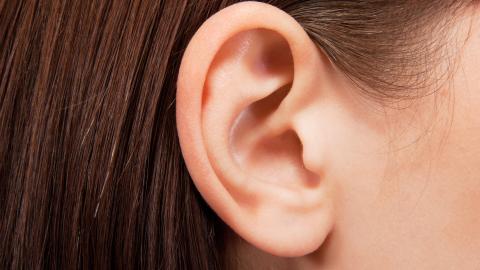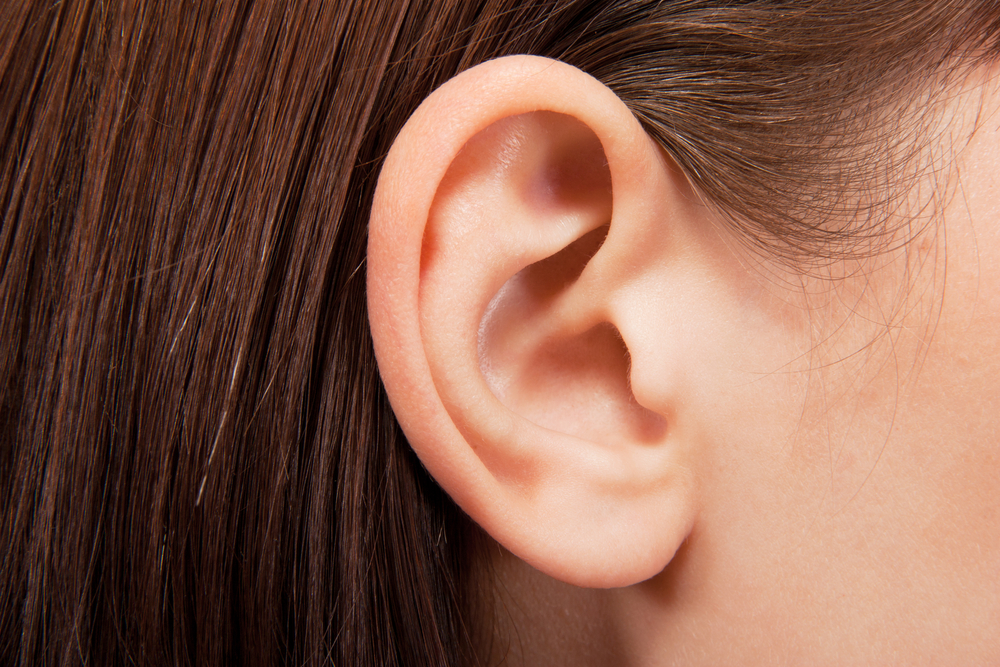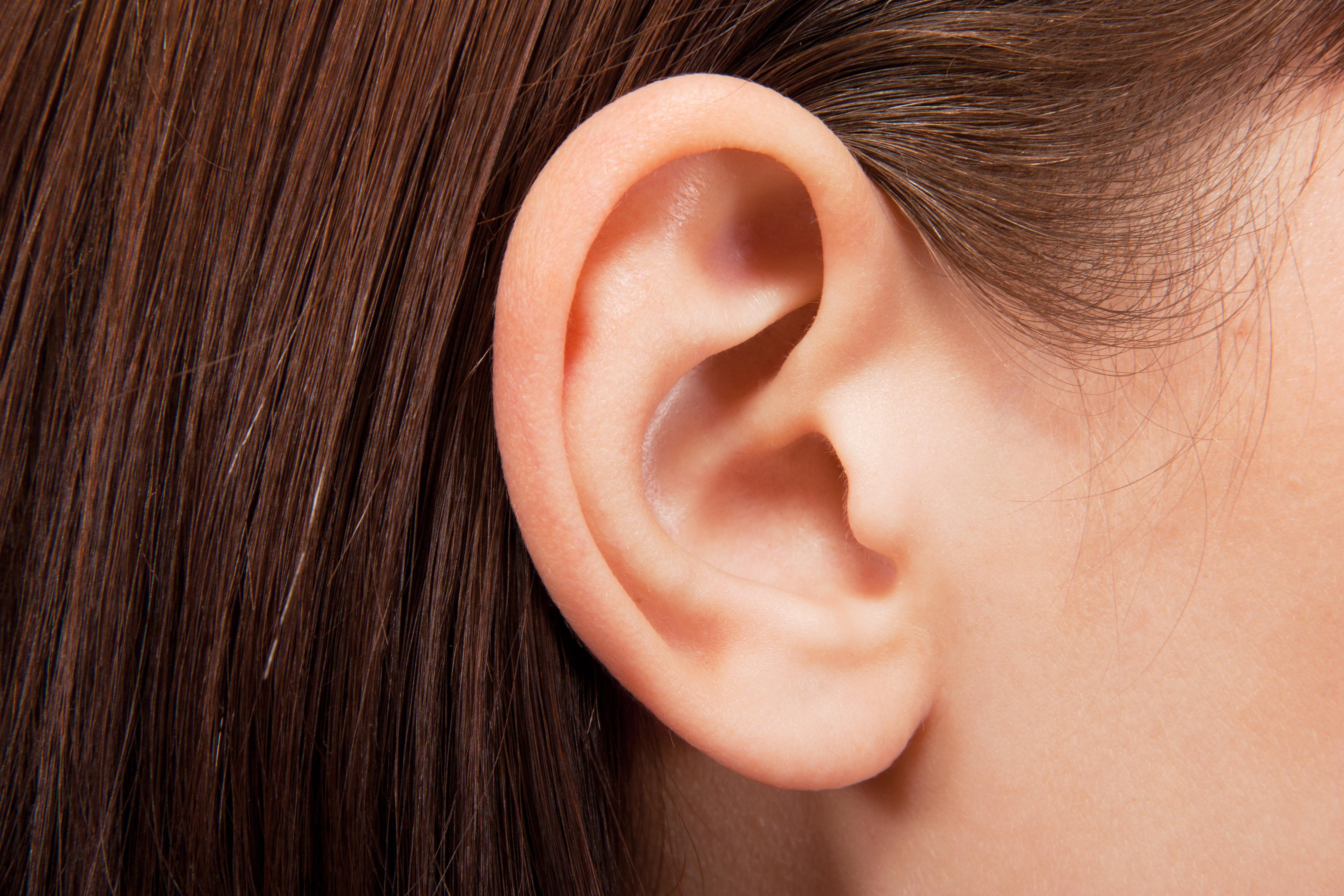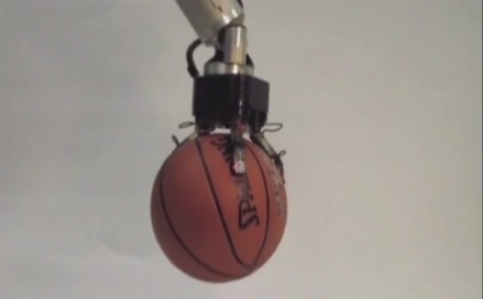3-D Printed Ear Combines Biology with Electronics

What’s the Latest Development?
Scientists at Princeton University have created a bionic ear using a three-dimensional home printer and combined the prosthesis with electronics that can “hear” radio frequencies. “The researchers used a Fab@Home 3D printer to combine a matrix of hydrogel and calf cells with silver nanoparticles, which form an antenna. The printed bioelectronic hybrid ear construct was then cultured in vitro to enable cartilage to grow. The finished ear consists of a coiled antenna inside a cartilage structure. Two wires lead from the base of the ear and wind around a helical ‘cochlea’—the part of the ear that senses sound—which can connect to electrodes.”
What’s the Big Idea?
In the field of regenerative medicine, ear reconstruction remains one of the most difficult tasks due to the ear’s three-dimensional shape.Michael McAlpine, an assistant professor of mechanical and aerospace engineering at Princeton, and lead author of the research, said that the artificial ear could be connected to patients’ nerve endings, similar to a hearing aid. “The current system receives radio waves, but he said the research team plans to incorporate other materials, such as pressure-sensitive electronic sensors, to enable the ear to register ordinary acoustic sounds.”
Photo credit: Shutterstock.com




